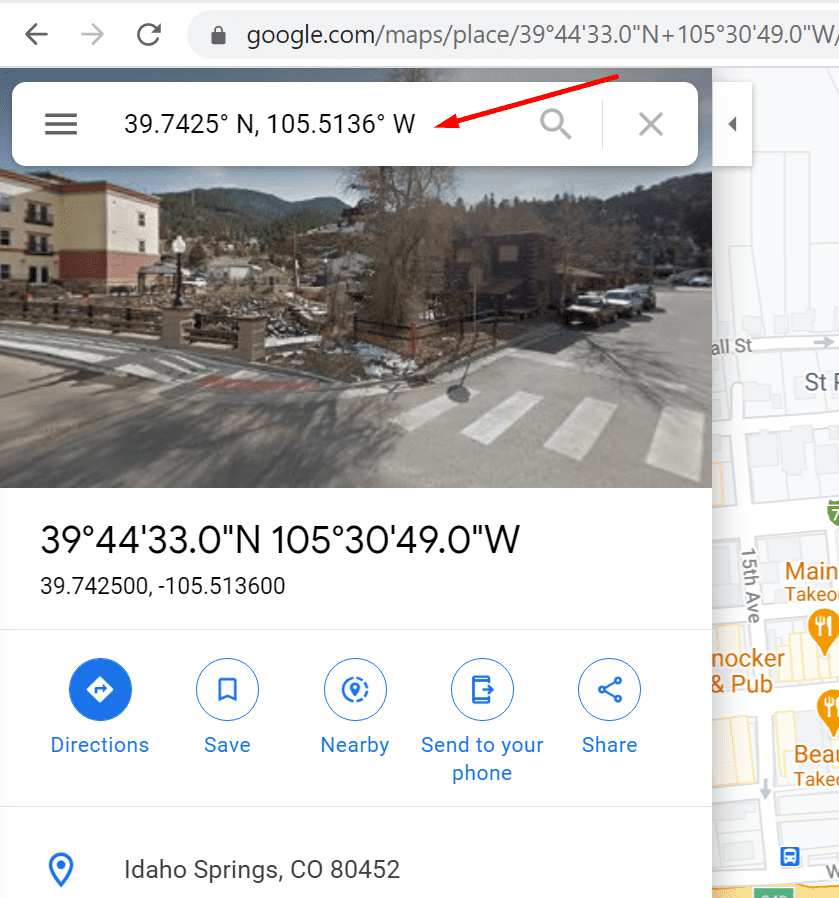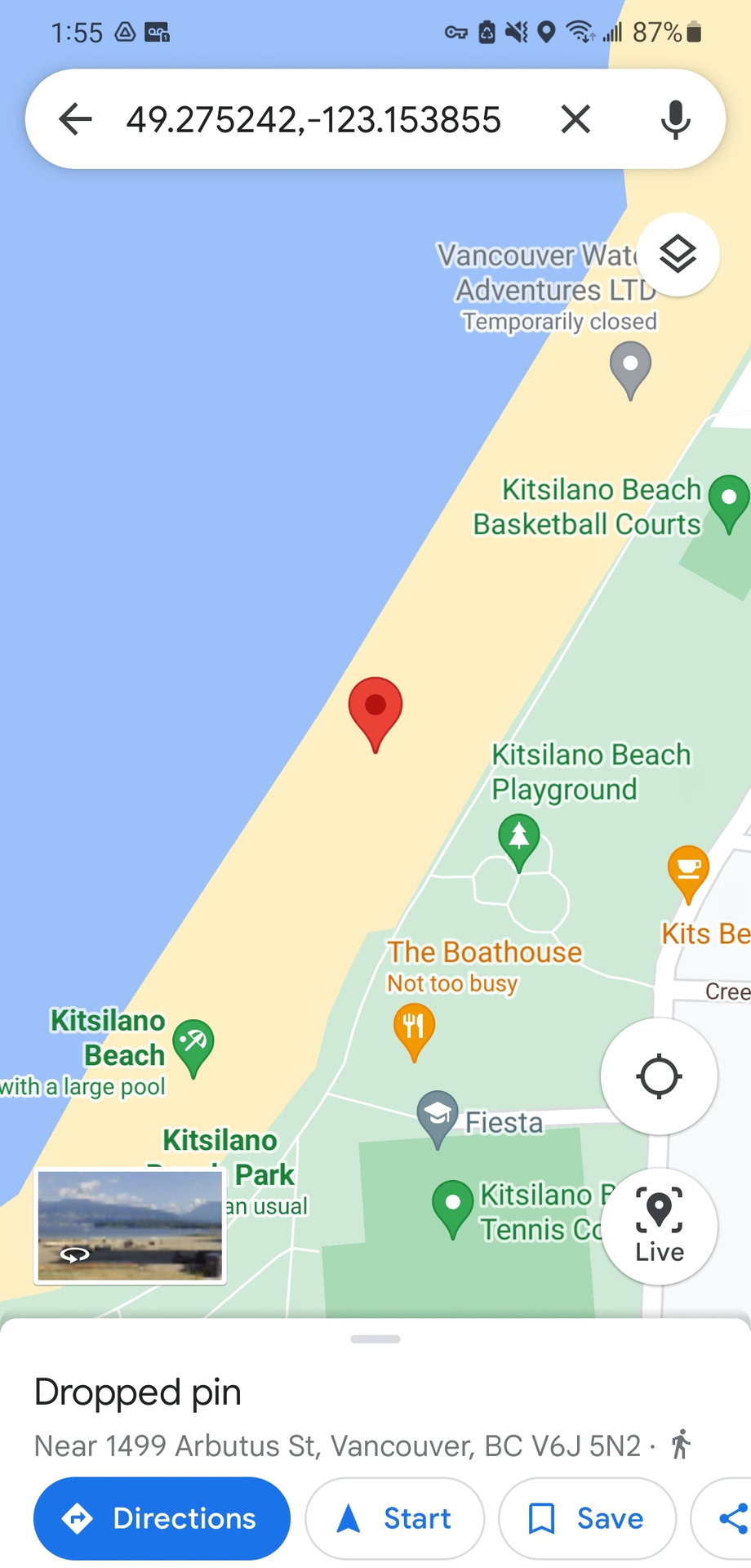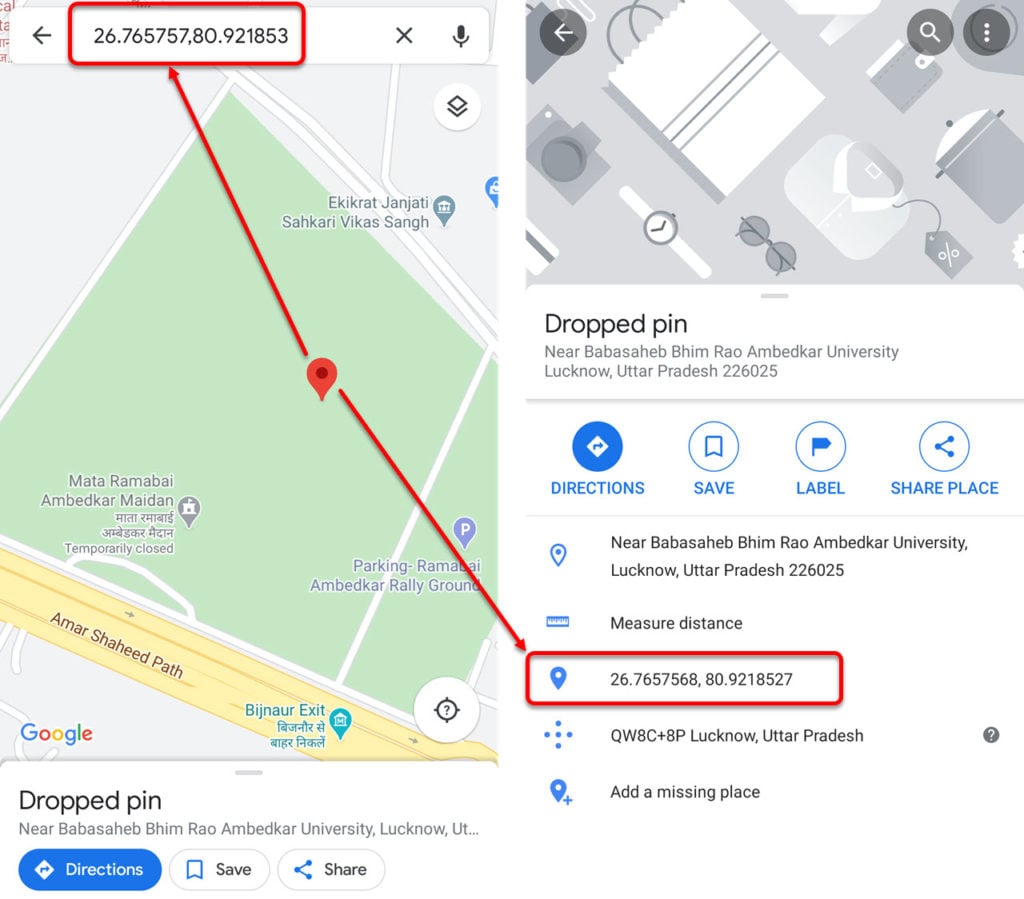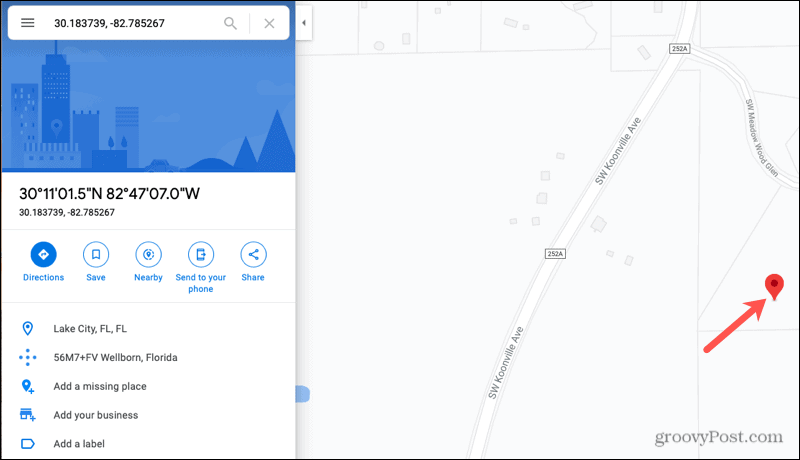How To Use Google Maps With Coordinates

Imagine standing at the edge of the Grand Canyon, the vast expanse stretching before you, a landscape so immense it defies easy description. You want to share this exact spot, this breathtaking view, with a friend who's planning their own trip. Simply saying "Grand Canyon" doesn't quite capture it. But what if you could pinpoint this precise location with a set of numbers, a universal language understood by navigation systems around the globe? This is where the power of coordinates and Google Maps truly shines.
The ability to use coordinates within Google Maps unlocks a level of precision and detail that goes far beyond simply searching for a street address or landmark. It allows you to navigate to remote locations, share specific points of interest with others, and even document your own adventures with unparalleled accuracy.
Understanding the Language of Location
At its core, understanding how to use coordinates with Google Maps starts with grasping the basic principles of latitude and longitude. Latitude lines run horizontally, circling the Earth from 0 degrees at the Equator to 90 degrees North and South at the poles.
Longitude lines run vertically, converging at the poles, with 0 degrees at the Prime Meridian in Greenwich, England, and extending to 180 degrees East and West.
Coordinate Formats: Decoding the Numbers
Coordinates are typically expressed in two primary formats: Decimal Degrees (DD) and Degrees, Minutes, and Seconds (DMS). Decimal Degrees represent location as a single decimal number for both latitude and longitude, making it convenient for digital applications like Google Maps.
DMS, on the other hand, provides a more granular breakdown, using degrees to represent the overall angle, minutes to divide each degree into 60 parts, and seconds to further divide each minute into 60 parts. Both formats are valuable, but Google Maps readily accepts either.
Using Coordinates in Google Maps: A Step-by-Step Guide
Inputting coordinates into Google Maps is surprisingly straightforward. Open the Google Maps app on your phone or visit the website on your computer. In the search bar, simply type or paste the coordinates, ensuring that latitude comes before longitude.
A crucial step is to include a comma between the two values and to use a minus sign (-) for south latitude and west longitude. Once you've entered the coordinates, press enter or click the search icon, and Google Maps will pinpoint the location on the map.
Practical Applications: Beyond Basic Navigation
The utility of using coordinates extends far beyond simple navigation. Imagine you're a researcher studying migratory bird patterns and need to record the precise location of each sighting.
Or perhaps you're organizing a geocaching event and want to provide participants with the exact coordinates of hidden treasures. In these scenarios, the ability to input and interpret coordinates becomes invaluable.
Coordinates also become very useful when traveling in areas with no formal addresses. Hikers can use coordinates to mark trailheads, campsites, or points of interest along their route, ensuring they can easily return or share the location with others. This level of precision enhances safety and expands possibilities for exploration.
Tips and Tricks for Coordinate Mastery
When working with coordinates, accuracy is paramount. Always double-check your entries to avoid misdirection. It's also useful to understand the limitations of GPS technology, which can be affected by environmental factors like dense foliage or tall buildings.
Google Maps can be used to convert addresses into coordinates, using the right-click function on the map. Also, you can find latitude and longitude of any spot by dropping a pin. This allows you to easily translate locations into the universal language of coordinates.
If you are using coordinates found online, be sure to verify that they are from a reputable source. Inaccurate coordinates can lead you astray, particularly in remote locations. Always prioritize safety and common sense when relying on GPS and coordinates for navigation.
The Power of Precise Location
Mastering the use of coordinates within Google Maps empowers you to explore the world with greater precision and confidence. It's a skill that bridges the gap between the digital and physical realms.
By harnessing the power of latitude and longitude, you can unlock new possibilities for adventure, discovery, and connection. Embrace the art of pinpointing your world, one coordinate at a time, and discover the incredible stories that await at every unique location on Earth.
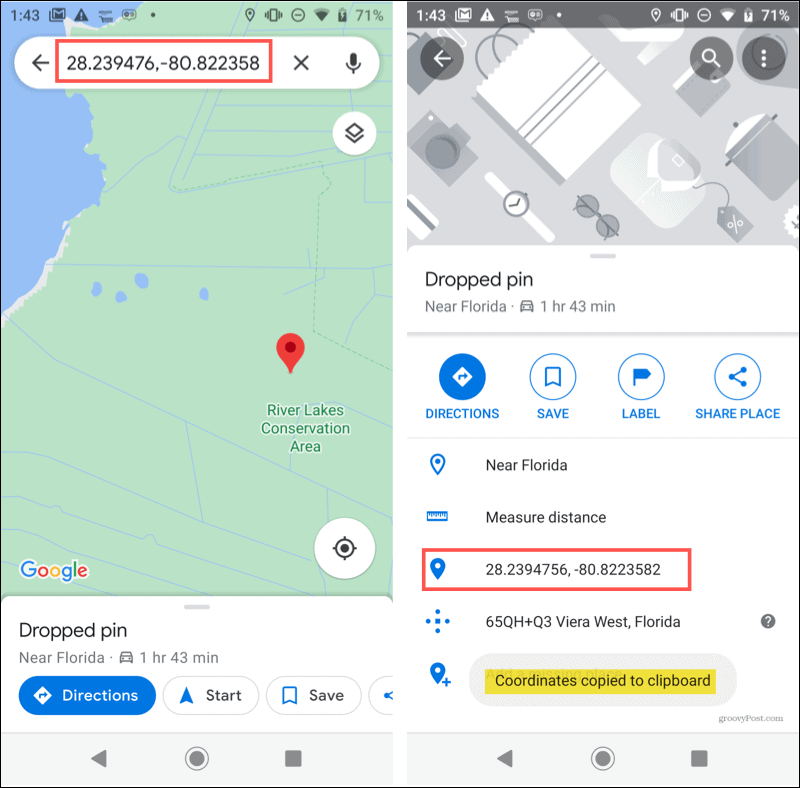

:max_bytes(150000):strip_icc()/003_latitude-longitude-coordinates-google-maps-1683398-5bcfc8b3c9e77c0051bb6da6.jpg)
:max_bytes(150000):strip_icc()/004.-latitude-longitude-coordinates-google-maps-1683398jpg-27653fdd15fb44438767e31fa4681e35.jpg)
